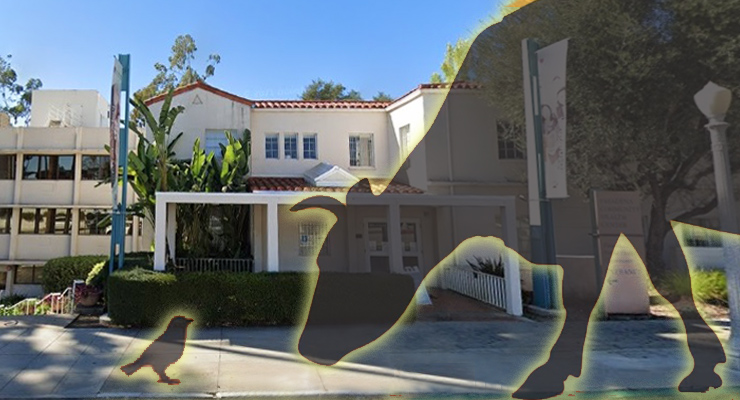With the U.S. Census fast approaching, Pasadena city leaders are taking steps to make sure that residents in hard to count areas know how important it is they be counted.
The U.S. Census Bureau attempts to count every person in the United States once each decade. The next count is scheduled to occur on April 1. That count will be the first to rely heavily on online responses.
On Monday, the Pasadena City Council passed a resolution to formalize acceptance of a $73,895 grant for Census 2020 education and outreach activities related to the upcoming 2020 census.
The grant is given by the County of Los Angeles as an incentive for jurisdictions classified as having geographic areas and demographic populations that are “least likely to respond” or are in the “hard-to-count” (HTC) category.
Local officials fear that the current anti-immigration stance in Washington, D.C. could has left some residents fearful of participating in the census, which could result in a devastating undercount that could cost cities billions.
“The primary and perpetual challenge facing the U.S. Census Bureau is the undercount of certain population groups,” said Pasadena Public Information Officer Lisa Derderian, a member of the Census Planning Team.
The team also includes City Clerk Mark Jomsky and Michelle Perera, director of libraries and information services.
“That challenge is amplified in California, where more residents are considered traditionally hard to count. Those include foreign-born residents, renters, individuals living in homes without a broadband subscription, people living close to or below the poverty line, and children younger than five years old. An accurate count is one in which every person is counted once, only once, and in the right place,” Derderian said.
An undercount would have far-reaching implications. Population counts from the 2020 census will be used to determine how many congressional seats and Electoral College votes each state gets for the next decade. The data will also be used to help distribute nearly $900 billion in federal funding for such things as schools, roads and other public services.
Concerns were raised when the Trump Administration proposed to include the question, “Is this person a citizen of the United States?” on the census.
In a 5-4 ruling made along partisan lines, the deeply divided court ruled that while the government has the right to ask a citizenship question, it needs to justify its inclusion in the census.
Siding with the court’s four liberal justices, Chief Justice John Roberts said that there was sufficient reason for concern about why the U.S. Commerce Department wanted to add the question.
“We were one of the first cities in the state to mobilize around the issue of a census and the fear that we have parts of our city where there’s significant undercounting of people,” said Mayor Terry Tornek. “Frankly, I naively thought this is a sort of a standard federal activity. Then I began to understand what was happening in the census, first with the question over citizenship which instilled fear in a lot of people on the court fight over that. And then when I understood that for the first time, this is going to be an electronic census where it’s anticipated people will answer online rather than the normal way of everybody getting a census form in the mail.”
Tornek said the committee was formed because of a “strong possibility” of an undercount. Since then City funds have been allocated and city officials. Tornek has been referencing the census in local meetings.
The census consists of nine basic demographic questions: who lives in the household; how they are related; their age, sex, and race; whether they own or rent their house; and their phone number.
The census does not contain questions about citizenship or political affiliation.
The census started in Alaska earlier this month. In March, households in the rest of the country will get mail from the Census Bureau explaining how they can respond to census questions. By April 1, every household in the U.S. will receive invitations to participate in the census. Respondents will be able to fill the form out online, by phone, snail mail, or, in some cases, in person.
California has launched a statewide effort to ensure an accurate and complete count. The California Complete Count – Census 2020 Office (California Census Office) is coordinating the state’s outreach and communication strategy, which focuses on the hardest-to-count residents.
Locally, local historian, author and activist Roberta Martínez will record a public service announcement in Spanish that will run on KPAS which is broadcast in Pasadena homes.
Locally, in 1993, census data led to local political district lines being redrawn to create a local district which increased voting opportunities for primarily Latino residents living in an enclave which later became District 5. In 1990, the census revealed the area was 27 percent Latino.
“We have been working to ensure that all of our residents, the youngest to the oldest, are counted in the census, and the inclusion of the citizenship question would have presented a significant barrier to full participation,” said Vannia De La Cuba, field representative for District 5 Councilman and mayoral candidate Victor Gordo.



















